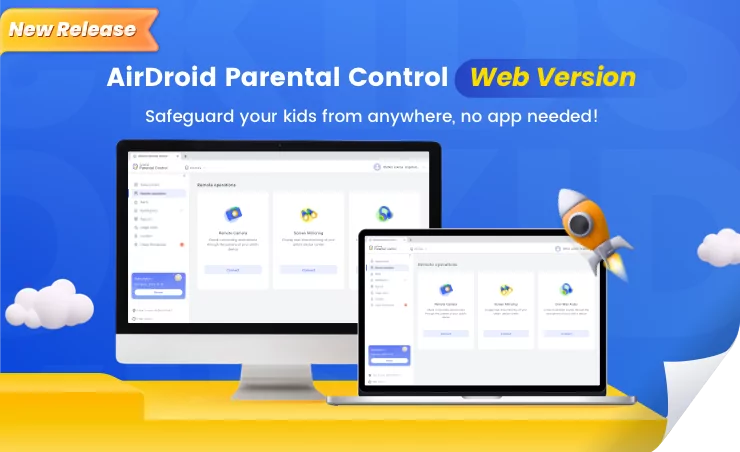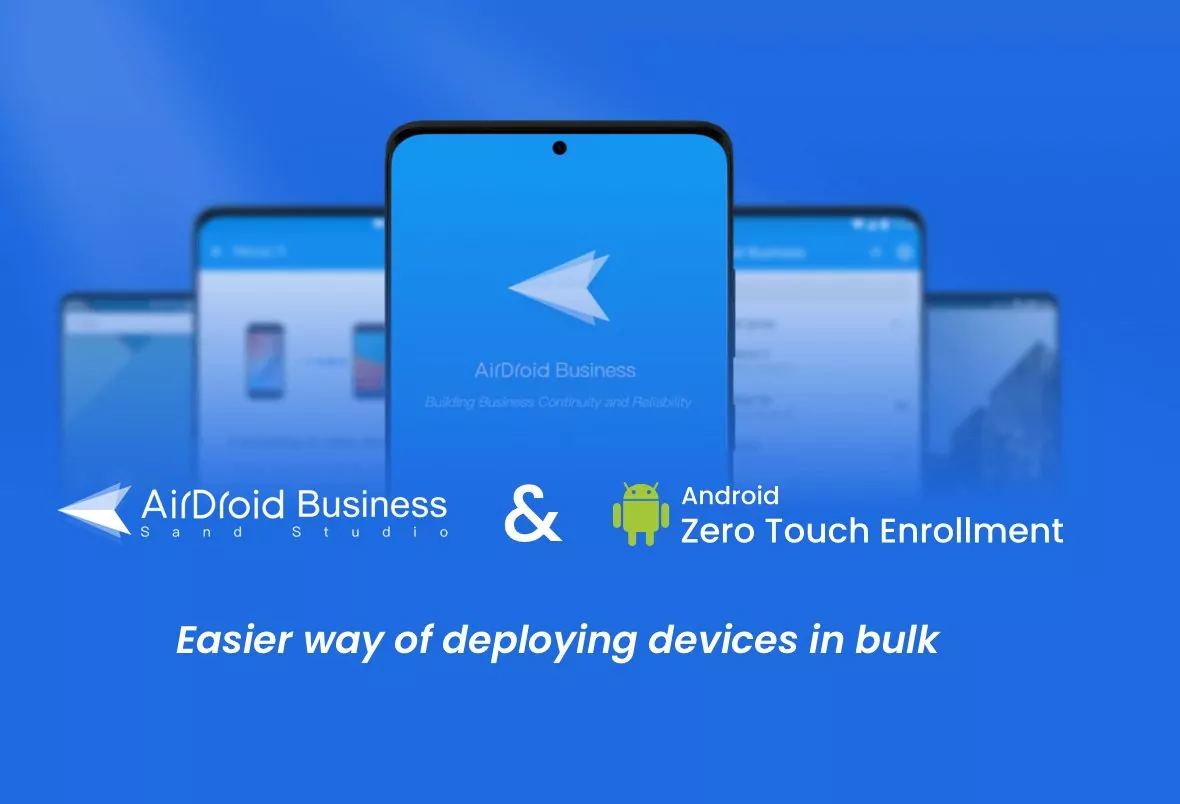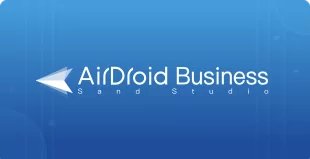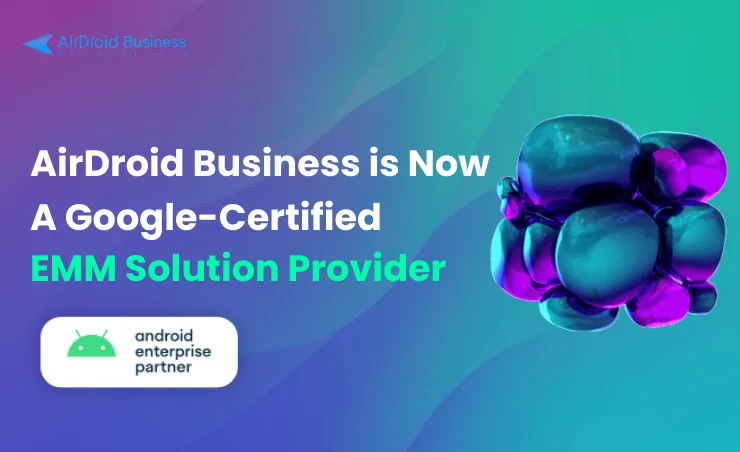Top 6 ManageEngine Alternatives & Competitors in 2025
Used ManageEngine before but not fully happy with it? Many organizations feel the same. Some teams find it too complex, while others say it doesn’t fit their workflow or budget. It tries to do everything, but that’s not always what you need. If you're here, you're probably ready for something simpler, cleaner, and more focused. Let’s break down your best options.
This guide explores six powerful ManageEngine alternatives that might better serve your business requirements in 2025's evolving digital landscape. We’ll give you the highs, lows and pricing points for each alternative.
1Why Seek a ManageEngine MDM Alternative?
These are real voices from our partners, sharing why they moved away from ManageEngine and what pushed them to find a better-fit solution.
Steep Learning Curve
A manufacturing company purchased an MDM solution to manage devices used by factory workers. Without a dedicated IT team, they needed a user-friendly solution. After a small-scale implementation of ManageEngine, they found the learning curve too steep and training costs too high, prompting them to seek alternatives.
The company's floor supervisors—responsible for managing device deployments—struggled with the complex interface. What should have taken minutes often took hours of troubleshooting.
The manufacturer eventually calculated that training costs alone would exceed their annual IT budget if they continued with ManageEngine. They needed something intuitive enough for non-technical staff to handle daily device management tasks without extensive training.
Poor Remote Control Compatibility
Another IT service provider shared their experience while searching for an MDM solution with strong remote support capabilities. Their daily operations rely on providing real-time assistance to customers, often under poor network conditions.
What they needed was high device compatibility, smooth performance, and reliable remote access, especially on older Android devices or those running custom ROMs.
ManageEngine’s remote control feature introduced unexpected limitations. Its strict Android device requirements created high entry barriers, making it difficult to connect to certain endpoints during critical support sessions.
These compatibility gaps prevented technicians from establishing connections when time was of the essence—risking both SLA breaches and customer satisfaction.
The technical restrictions are outlined in ManageEngine’s own roadmap, confirming the device limitations that made the provider look elsewhere for a more adaptable, network-resilient solution.
Minimum License Limitations
ManageEngine MDM's pricing is based on device numbers with fixed tiers (like 25-50-100 devices). Companies with device counts between tiers must purchase the higher tier.
For example, a business with 30 devices must buy the 50-device package at $645, making this licensing model unfriendly to small and medium-sized enterprises.
This rigid pricing structure creates significant budget inefficiencies. A growing startup managing 26 devices ends up paying for nearly twice the capacity it needs. As businesses carefully optimize every expense, paying for unused licenses becomes increasingly difficult to justify.
Many organizations report that these licensing constraints ultimately pushed them toward solutions offering more granular scaling options that grow with their needs.
Kiosk Function Command Delay
A digital signage company also reported delays when pushing kiosk settings through ManageEngine. They expect changes to apply instantly, but ManageEngine often introduces delays, leading to customer dissatisfaction.
For this signage provider, timing is everything. When a retail client needs emergency content updates across multiple locations, minutes matter. The company repeatedly faced situations where urgent promotional updates took up to an hour to propagate through their managed kiosk network.
These delays damaged client relationships and undermined trust in their service. The company needed a solution offering near-instantaneous command execution to maintain its competitive edge in the rapidly changing retail environment.
2Top 6 ManageEngine MDM Alternatives (Choose According to Your Needs)
Selecting the right MDM solution means finding the perfect balance between functionality, ease of use, and cost. The alternatives below address specific pain points that organizations commonly encounter with ManageEngine.
Powerful Remote Control & Kiosk Configurations MDM
1. AirDroid Business
AirDroid Business stands out with its intuitive approach to device management and exceptional remote control capabilities. Unlike ManageEngine's complex interface, AirDroid prioritizes accessibility without sacrificing powerful functionality.
How AirDroid Business Simplifies MDM for Your Team?
Remote Access – The platform offers powerful remote access with smooth operation across various Android versions and models. Its broad device compatibility(from Android 4.0) eliminates the frustration of unsupported hardware, while the black screen mode provides privacy during sensitive support sessions. Perhaps most importantly, it doesn't require root access, removing a major headache for security-conscious organizations.
Device Maintenance – Remote monitoring capabilities alert IT teams to potential issues before they impact operations. Automated task management handles routine functions, freeing staff for higher-value work. Over-the-air updates deploy seamlessly, reducing downtime and ensuring devices stay current with the latest security patches.
Easy-to-Use Platform - The platform's interface requires minimal training, even for team members without technical backgrounds. Most users report productive use within hours rather than the weeks often needed with more complex solutions.
Cost-Efficient Pricing – A key advantage with flexible plans based on functional needs rather than arbitrary device tiers. This transparent pricing model eliminates hidden fees and allows organizations to scale precisely as needed.
Fast Deployment – Deployment speed further distinguishes AirDroid Business, with multiple enrollment methods including QR codes for quick onboarding. Configuration templates enable bulk pre-configuration, dramatically reducing setup time for large deployments.
Enterprise-Grade Security – For security-conscious enterprises, the platform offers comprehensive protection including kiosk mode, customizable policies, and patch management. These compliance-ready features satisfy even stringent regulatory requirements.
AirDroid Business Customer Success Stories
Naviman Telematics, managing over 500 fleet devices in Poland, boosted productivity by 50% after switching. With features like Kiosk Mode, mass app updates, and geofencing, they cut down distractions, saved on mobile data, and simplified remote support.
In Kenya, VisionFund needed a way to lock down employee tablets for work-only use and provide remote IT support across the country. AirDroid Business made it easy with centralized control, app management, and secure remote access. All without the need for technical expertise.
Meanwhile, Interactive Solutions in France used to send teams hundreds of kilometers to maintain digital signage devices. Now, with real-time monitoring, remote reboot, and staged rollouts, everything is handled remotely. No more costly travel or screen downtime.
Learn More Customer Stories of AirDroid Business
2. TeamViewer MDM
TeamViewer MDM builds on its well-known remote access foundation to offer a broader device management solution. As a globally recognized name in remote support, it brings strong connectivity and cross-platform support into the MDM space.
Pros
- Seamless remote access across Android, iOS, Windows, and macOS
- Strong screen-sharing performance, even in poor network conditions
- Trusted brand with global recognition in IT support
Cons
- Premium pricing may not suit smaller organizations
- Mobile management features can feel secondary to its core remote control tools
- Learning curve still exists, though not as steep as ManageEngine's
3. Splashtop Enterprise
Splashtop Enterprise combines remote support and basic device management in a single, high-performance platform. It's built with security in mind and delivers reliable, low-latency remote access for various use cases—including multimedia-heavy environments.
Pros
- High-performance remote access with excellent video quality and low latency
- Simple and clean interface minimizes training time
- Ideal for supporting multimedia, field service, and remote workforce operations
Cons
- Tiered pricing can be inefficient for mid-sized deployments falling between license brackets
- Lacks deeper automation and policy controls found in full-featured MDM platforms
- More focused on remote access than complete endpoint lifecycle management
Easy to Use & No License Limitations
4. Miradore
Miradore positions itself as the user-friendly alternative to complex MDM solutions like ManageEngine. This cloud-based platform emphasizes simplicity without sacrificing essential functionality.
Pros
- Clean, easy-to-use interface with minimal training required
- Fast device enrollment and quick access to common MDM tasks
- Straightforward per-device pricing with no minimums or forced tiers
- Free plan available for basic management needs
- Handles app management, policy enforcement, and location tracking efficiently
Cons
- Remote control capabilities are basic and not on par with remote-first platforms
- May lack advanced features like kiosk automation or real-time alerts
- Limited customization for enterprise-scale workflows
5. Esper
Esper takes a developer-friendly approach to device management, focusing specifically on dedicated devices like kiosks, digital signage, and point-of-sale systems. This specialized focus results in capabilities particularly well-suited to controlled-environment deployments.
The platform's standout feature is its DevOps approach to device management. Organizations can create pipelines for testing configurations before deployment, significantly reducing the risk of problematic updates.
Pros
- DevOps-style deployment pipelines allow safe, staged testing and updates
- API-first architecture supports deep integration with custom systems
- Specialized for dedicated device environments with advanced control options
- Flexible pricing model that scales with actual device count
- Offers industry-specific plans and support for large-scale rollouts
Cons
- May not suit BYOD or traditional enterprise environments
- Less intuitive UI for users without experience in CI/CD workflows
6. Hexnode
Hexnode delivers enterprise-grade MDM capabilities with an emphasis on user experience. The platform strikes an effective balance between comprehensive functionality and operational simplicity.
The solution offers one of the most intuitive interfaces in the MDM market, with logical workflows and clear visualization of device status. New administrators can become productive quickly, while experienced users appreciate the efficiency of well-designed management screens.
Pros
- Clean UI with logical workflows and fast onboarding for admins
- Supports Android, iOS, Windows, macOS, and tvOS with near-feature parity
- Flexible pricing: choose per-device or per-user based on business model
- Strong support for containerization and work profile management
- Suitable for mixed-device environments and hybrid deployment needs
Cons
- Some industry-specific features require custom setup or external integrations
- May be more feature-rich than necessary for small teams with simple needs
3Learn More: MDM Migration Steps
Migrating from ManageEngine to a new MDM solution requires careful planning to minimize disruption. Start by auditing your current device inventory and documenting existing policies, configurations, and group structures.
Most alternative MDM providers, like AirDroid Business, offer migration assistance tools or dedicated onboarding support to ease the transition.
Create a phased migration plan rather than switching all devices simultaneously. Before expanding, begin with a small test group to verify policy enforcement, app deployment, and remote management functionality. Communicate changes clearly to end users, especially regarding new enrollment methods such as QR code scanning, download links, or configuration profiles.
Running parallel systems during the transition can help maintain business continuity while validating device performance on the new platform.
Many organizations use migration as an opportunity to review and optimize device policies. Take advantage of the new platform’s capabilities—like advanced app management, geofencing, or kiosk configuration—to tighten security and streamline operations.
Staff training remains critical for successful adoption. Schedule brief sessions before migration and prepare documentation for common workflows. Finally, define clear metrics—such as device compliance rates or ticket resolution time—to measure success and identify areas needing further adjustment.
Conclusion
ManageEngine offers comprehensive MDM functionality, but many organizations encounter unexpected roadblocks after implementation. From complex interfaces to rigid licensing models, these pain points often drive IT managers to explore other options.
We started with the limitations of ManageEngine MDM provided by users and explored 6 best alternatives. We recommend that you conduct a free trial and schedule a demo with the software sales team before confirming the MDM migration, so that you can fully understand whether the MDM software meets your needs.








Leave a Reply.